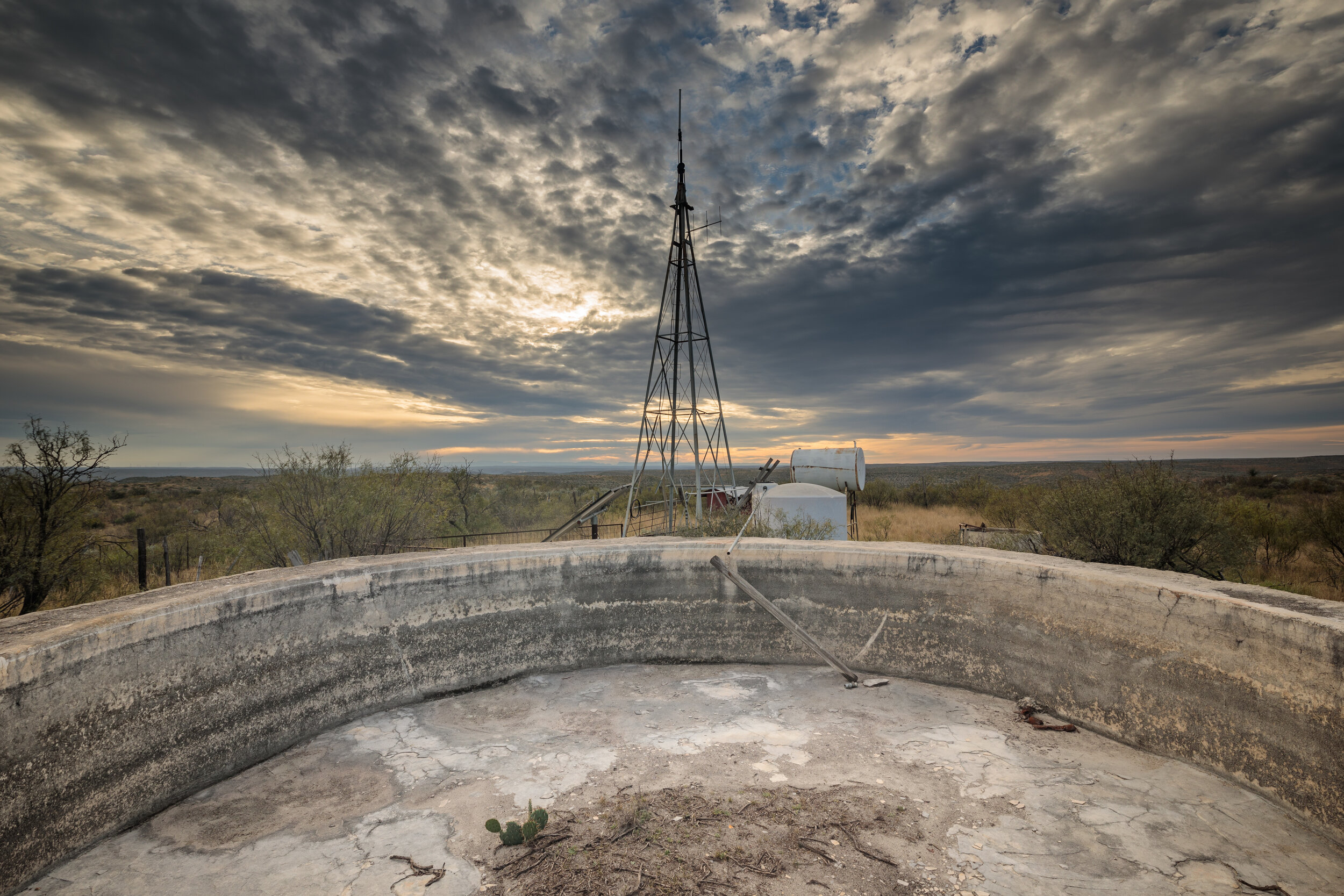Texas’ Energy Boom and the Looming Water Challenge
Notwithstanding soft oil and gas prices, the Texas energy industry is booming. Nowhere is this more evident than in the West Texas Permian Basin. This dramatic growth has not only meant more oil wells but also an expansion of drilling closer to the ecologically sensitive Trans Pecos/Davis Mountains region.
For years, Environmental Defense Fund has been working on oil and gas environmental issues throughout Texas, and the recent energy boom has given us plenty to focus on. From the flaring and venting of natural gas that contribute to local air pollution to making sure wells are properly constructed and maintained, to the rising threat that invisible methane leaks pose to climate change, we are working on several science and policy strategies to reduce and mitigate the oil and gas industry’s impact on the environment and local communities.
There is one issue, in particular, that is increasingly capturing the spotlight, and EDF and others need to be in front of it. The issue is managing the staggering amount of wastewater that comes from the wells—otherwise known as “produced water.”
Oil and gas wastewater can be nasty stuff. In addition to the chemicals used in the production process, oil and gas wastewater can contain 10 times more salt than seawater (and sometimes more) and is often laced with heavy metals and radionuclides that are naturally present in the formation being drilled. Wastewater can also contain a number of organic pollutants that can be toxic even in small amounts. In most cases, it not only poses a threat to water supplies, but it will kill plants and ruin soil for decades.
In the United States, onshore oil and gas operations produce more than 900 billion gallons of wastewater a year and volumes are increasing rapidly. Texas produces over a third of this volume, more than double the next highest state. The amount of wastewater that surfaces often dwarfs the amount of oil captured from each well. In the Permian, some wells produce 10 times more wastewater than oil. And once it’s above ground, oil and gas companies need to do something with it.
Wastewater Management Today
Most of the time, companies dispose of wastewater by reinjecting it underground. In Texas alone, the oil and gas industry disposes of nearly 300 billion gallons of wastewater this way. This is a cost-effective and largely environmentally sound solution, but it does come with risks. In the last few years in some geological areas, scientists have connected a drastic increase in earthquakes to disposal wells and the pressure they create underground. And in fact, scientists are concerned that some areas of the Permian, including the Trans Pecos area, may be particularly sensitive to oil and gas induced seismicity. There is also growing concern about disposal zones in traditional areas of the Permian reaching capacity limits as produced water injection raises pressures to the point that threatens the integrity of wells producing oil and gas.
As concern about constraints on safe disposal well capacity increases, fresh water becomes scarcer, and companies look to cut disposal costs, more and more companies, regulators, and policymakers are looking at new wastewater management and disposal options. And though these newer options can alleviate one set of risks, they also have the potential to create a host of new ones that will need to be addressed.
For example, many companies are treating their wastewater for re-use to replace or supplement the fresh and brackish water volumes they use in operations. This type of wastewater recycling can definitely take pressure off of local water supplies, but to accommodate this new practice, it also means larger volumes of wastewater are being stored and transported at the surface for longer periods of time, increasing the risk of large spills and leaks.
However, some oil and gas companies and regulators are also considering new ways to repurpose or dispose of wastewater outside the oil field. The conversation has even expanded to include using wastewater on agricultural crops or for livestock. The concept may hold some future promise. But today, there are far too many scientific “unknowns” surrounding these alternative uses to have confidence that they can be implemented routinely without risk to human health or the environment.
EDF and other stakeholders are working with the Ground Water Protection Council to help provide state regulators with the resources they need to makes smart decisions on oil and gas wastewater management both inside and outside of the oilfield, including helping to define the research needed to fill key knowledge gaps. Until gaps in both science and policy are adequately addressed, the low-hanging fruit for smart adaptation in wastewater management today is recycling for oilfield use. Investigating other options will take time.
Water Management in the Near Future
In the immediate future, there is no escaping the fact that more disposal wells are needed in the Permian. A lot more. The amount of wastewater produced dwarfs what can be recycled into other wells, the volumes are growing rapidly, and beneficial use outside the oilfield is simply not ready for prime time.
And it won’t be easy. Avoiding seismicity problems will require site selection and operational protocols that are informed by cutting edge geoscience. The same is true of making sure that traditional disposal zones are not pressured up to the point that they damage wells and create threats to health and safety. And, as has always been the case, disposal wells need to be located, constructed and operated in a way that does not pollute aquifers.
All of this will require money. IHS Markit has suggested that rising water management costs could potentially curb the growth of future Permian oil supply by 400,000 barrels a day by 2025. The industry recognizes that they have a Permian wastewater challenge that if not dealt with will begin to seriously impact their bottom line.
West Texas is accustomed to booms and busts in the oilfield and the consequences these cycles can have for communities. But the looming wastewater management challenge on the horizon in the Permian is unlike any test we’ve seen previously. Natural ebbs and flows of activity and economies can be overcome, but a ‘bust’ in wastewater management could have devastating and irreversible long-term consequences for the communities of West Texas if handled improperly.
That’s why solutions that may protect industry bottom line must also protect human health, safety and the environment. We’re all going to have to work together to make sure that happens.





